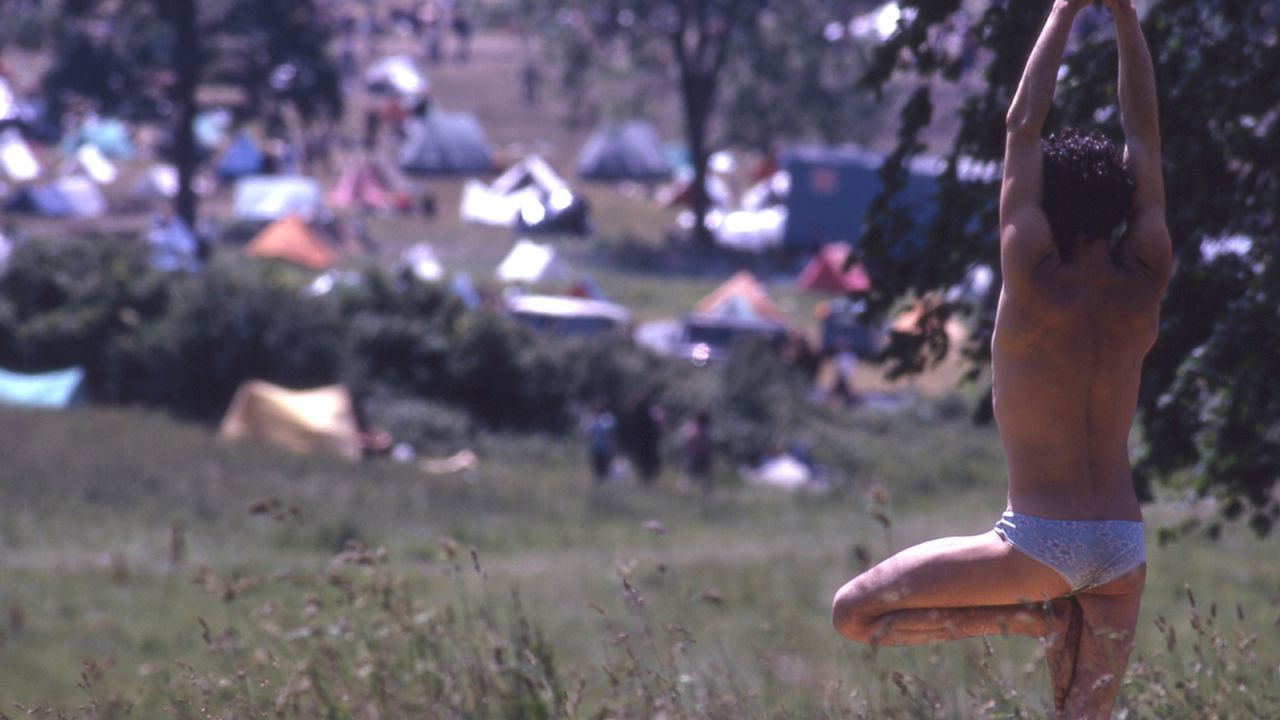(CNN) — The countdown to this weekend’s Glastonbury Festival is on; the stages are built, headliners are on their way and some 200,000 people are expected to attend.
Now a global juggernaut, the festival has changed unrecognizably since the summer solstice of 1971 when the first Glastonbury Fair, as it was then known (and prior to that, the “Pilton Pop, Folk and Blues Festival”), opened its gate — singular — and 12,000 revelers paid nothing at all to see acts including David Bowie and Fairport Convention.
-Twenty six-year-old British photographer Paul Misso was there on a dual mission: to drive an RV for his friend, the Oscar-winning actress Julie Christie, and to take pictures of the event.
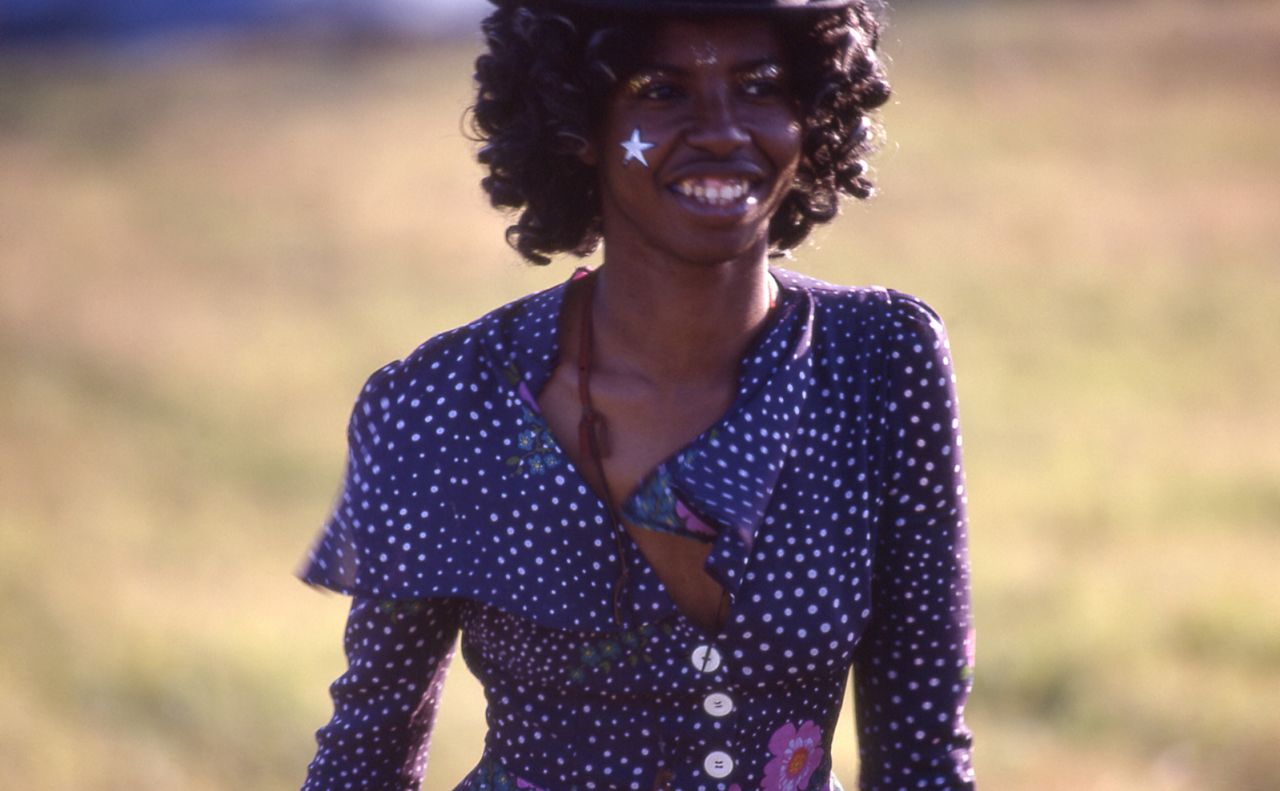
He was working for film director Nicolas Roeg who was making a documentary about counterculture, with Christie roped in as a famous face.
It was Christie who got Misso the gig as Roeg’s stills photographer. “She said ‘give him some film’ and (Roeg) gave me 250 rolls of color film, which at the time was probably worth enough to buy a house,” recalled the now 78-year-old photographer in a phone interview.
“We drove into a field — someone in the village had directed us to where this insanity was going to occur — and there’s the tor (a cone-shaped hill) in the distance and this pyramid (stage) being built,” he said. “It was a magic kingdom and… the most incredible opportunity of my life.”
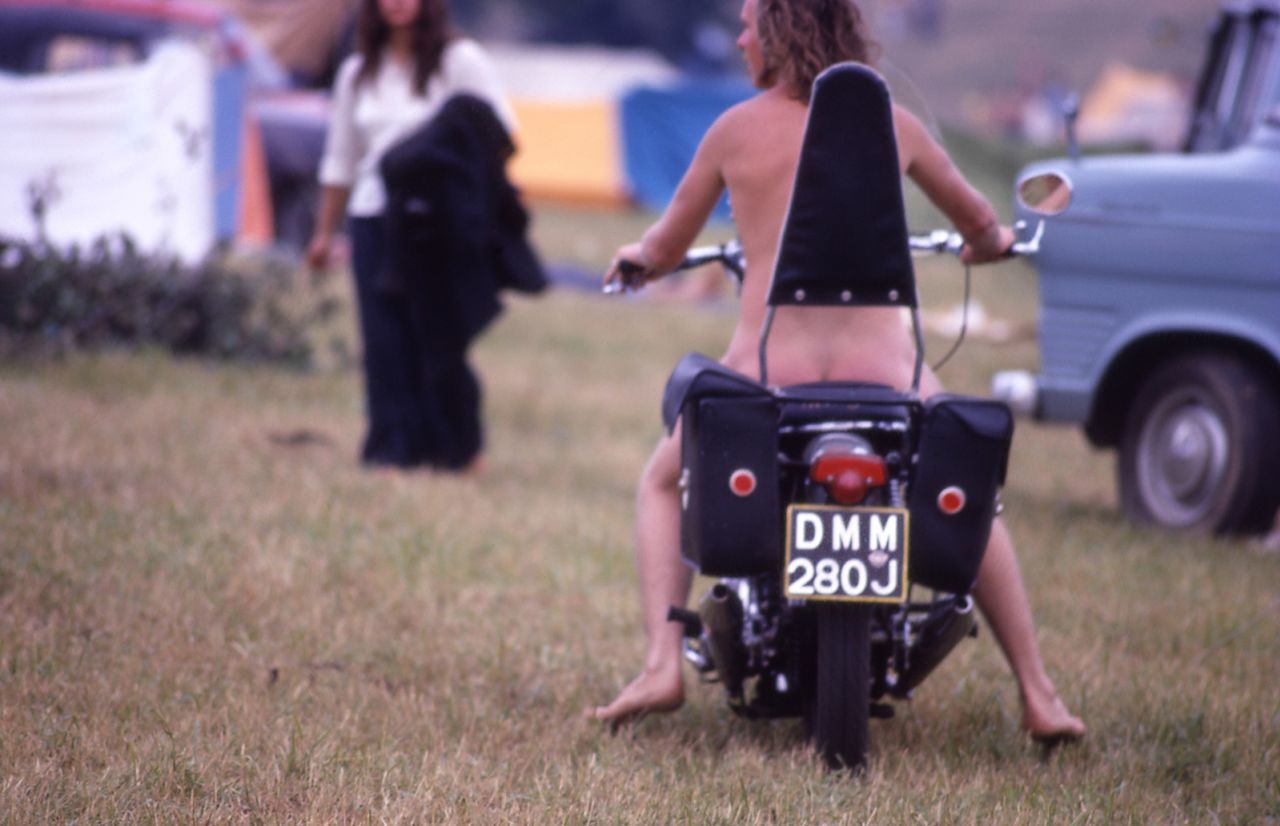
Misso, who was working as a fashion and advertising photographer — having trained at the London School of Printing and Graphic Arts — set about taking pictures that encapsulate every nostalgic hippy fantasy imaginable. His images show verdant British midsummer, beards, sunshine and rain, nudity, sunburn, flowers — the kind of authentic beauty that can’t be made with a filter. Hedonism and high-jinx underpinned by wholesomeness.
Once back in London, Misso went through 7,000 transparencies and selected 160 to show Roeg, who he recalled saying: “You got it and I didn’t.”
Roeg’s film was shelved before eventually being picked up by fellow filmmaker Peter Neal in 1972, who turned it into “Glastonbury Fayre,” a project more akin to a music video than the project Roeg had first envisaged. It also meant Misso’s stills were shelved. “Him dropping the film meant my pictures were useless,” he explained. “They just languished in a drawer for decades.”
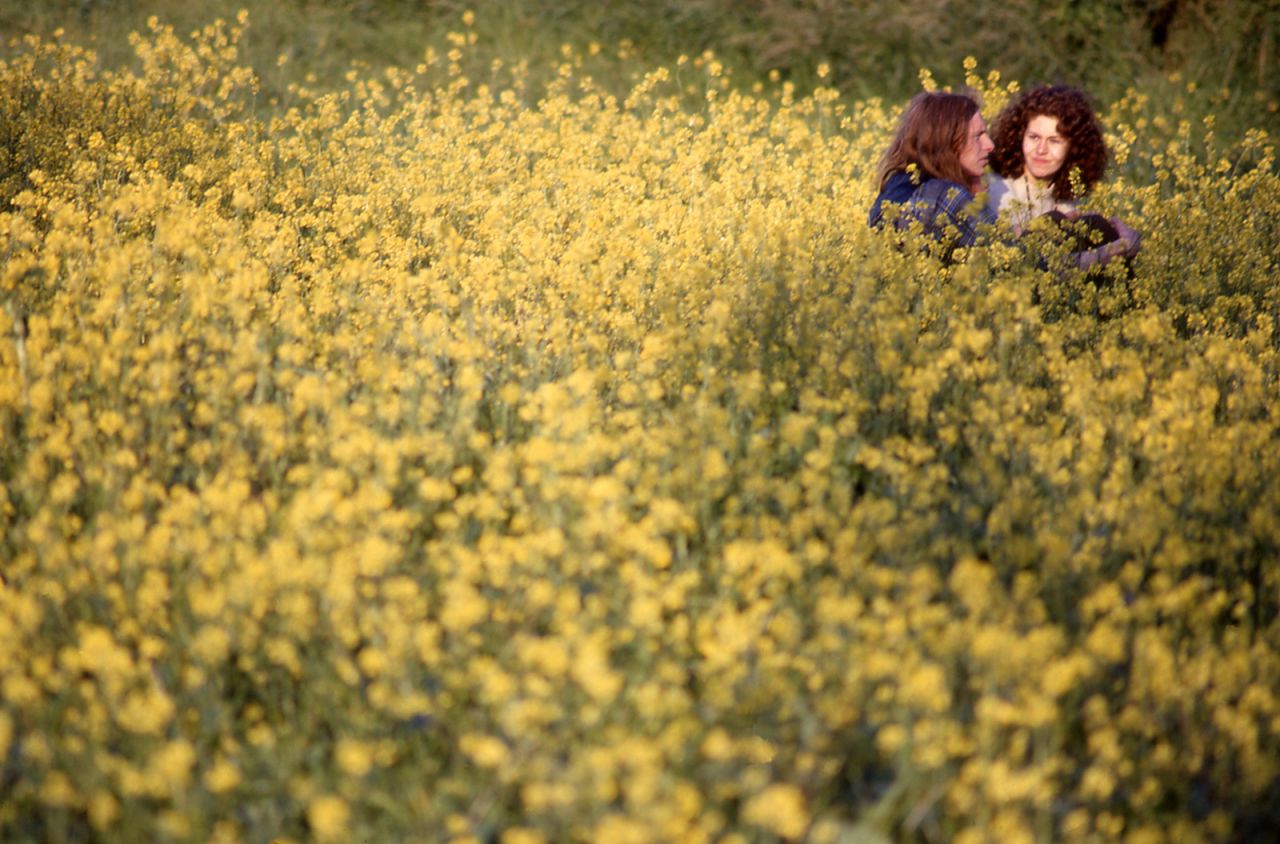
A few years ago, Misso revisited the images, printed them cheaply and placed them in sequence in a scrapbook “to see them as a story.” Then, someone in his local photo lab helped turn the print images into large, digital files that were, in Misso’s words, “marketable.”
But the selling side of things was a challenge for Misso. The pictures sat on the lab’s computer until one of the staff offered to “show them around.” Within a couple of weeks the photographer had a publisher at IDEA Books.
The resulting tome, “In The Vale of Avalon: Glastonbury Festival 1971,” may be more than 50 years after the event, but it serves as both a work of art and a historical document.
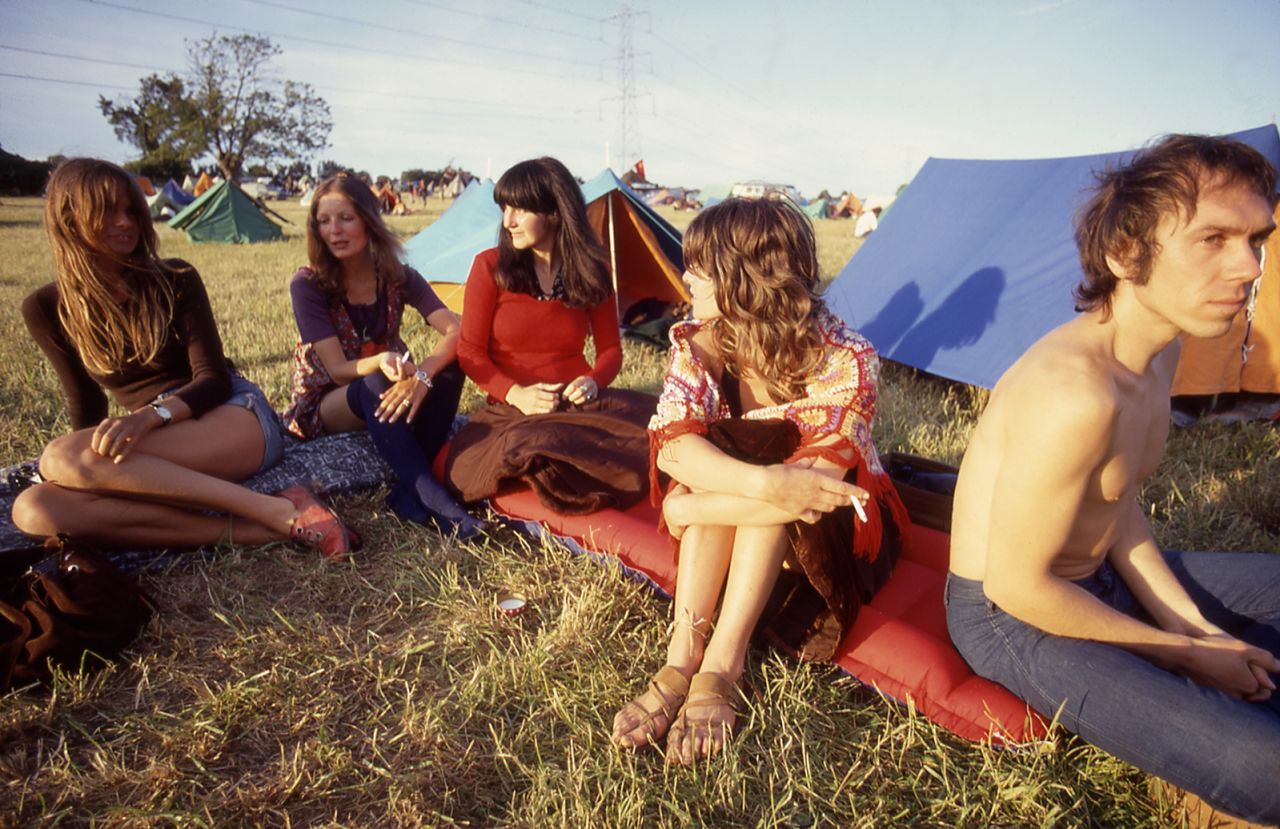
“Paul’s photographs from Glastonbury have a real energy of their own; that of the people who gathered to make that festival happen,” said David Owen, co-founder of IDEA Books, over the phone. “It’s rare to find something so elemental within the world of youth culture and alternative living that has not been seen before. To release them now, when the world is rather less hopeful and harmonious than it was in those five days in 1971, is just something we had to do.”
One of Misso’s standout images from the book is of British model Jean Shrimpton. “At the time she was the supermodel — forget Twiggy or anyone else,” said Misso.
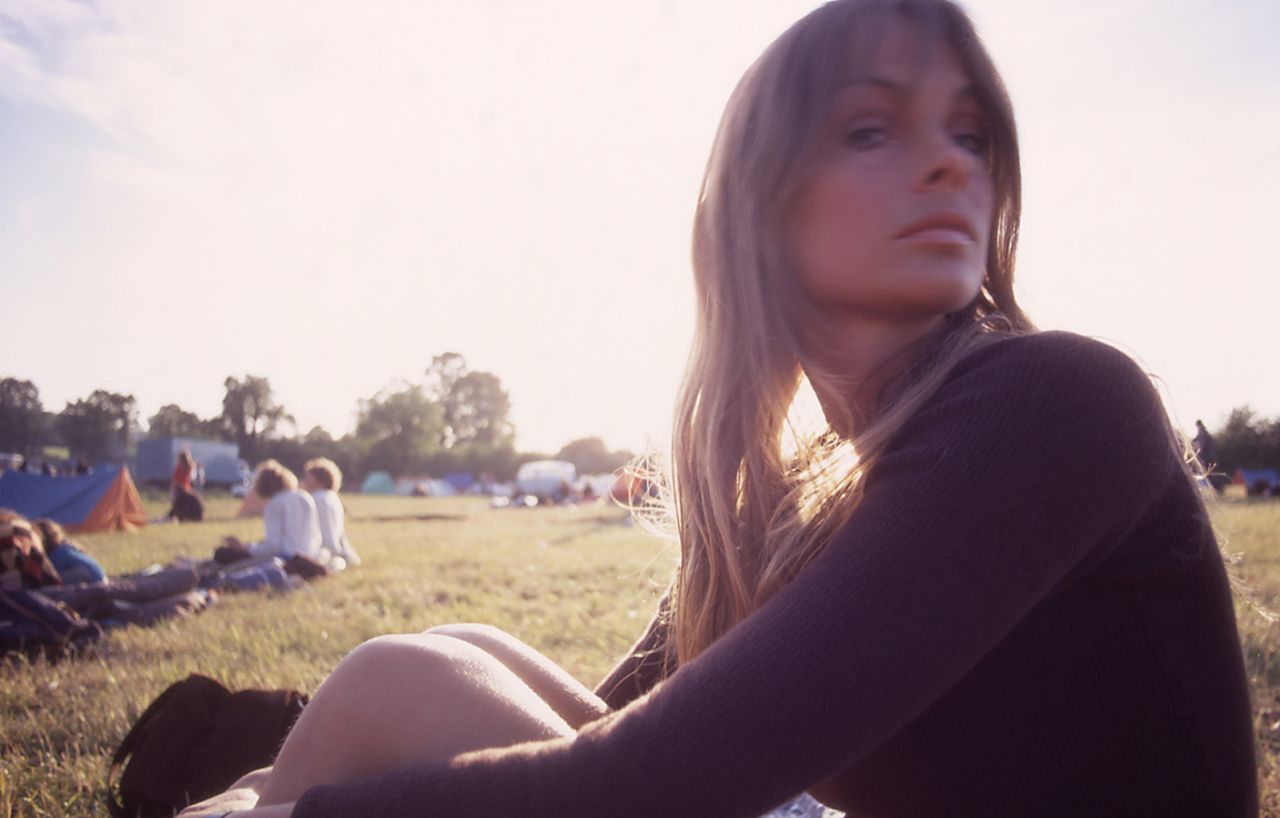
“She’s in profile with her Nikon camera lit by sunlight,” he added. “You can just see it’s her — the hair is extraordinary; the hands are utterly beautiful.”
Although Misso can’t pick a favorite (“These pictures are old friends; I know them all intimately,” he said), he did concede that an image of the first ever Pyramid stage, with the campfire in the foreground, is special. People find it striking, he said, adding that Bill Harkin, who designed the stage, had painstakingly placed it specifically above the Glastonbury-Stonehenge ley line — an invisible ancient boundary or energy line believed by some to move through the Earth.
“There was a sense of innocence,” Misso recalled. “We were without guile, without artifice, without manufactured cleverness. We were friendly, lovable and charming. We just wanted to be free; to smile and love each other and dance and be happy and connect to the spiritual roots of the country — the Vale of Avalon (the pocket of countryside where the festival takes place) is magic not just at festival times.”
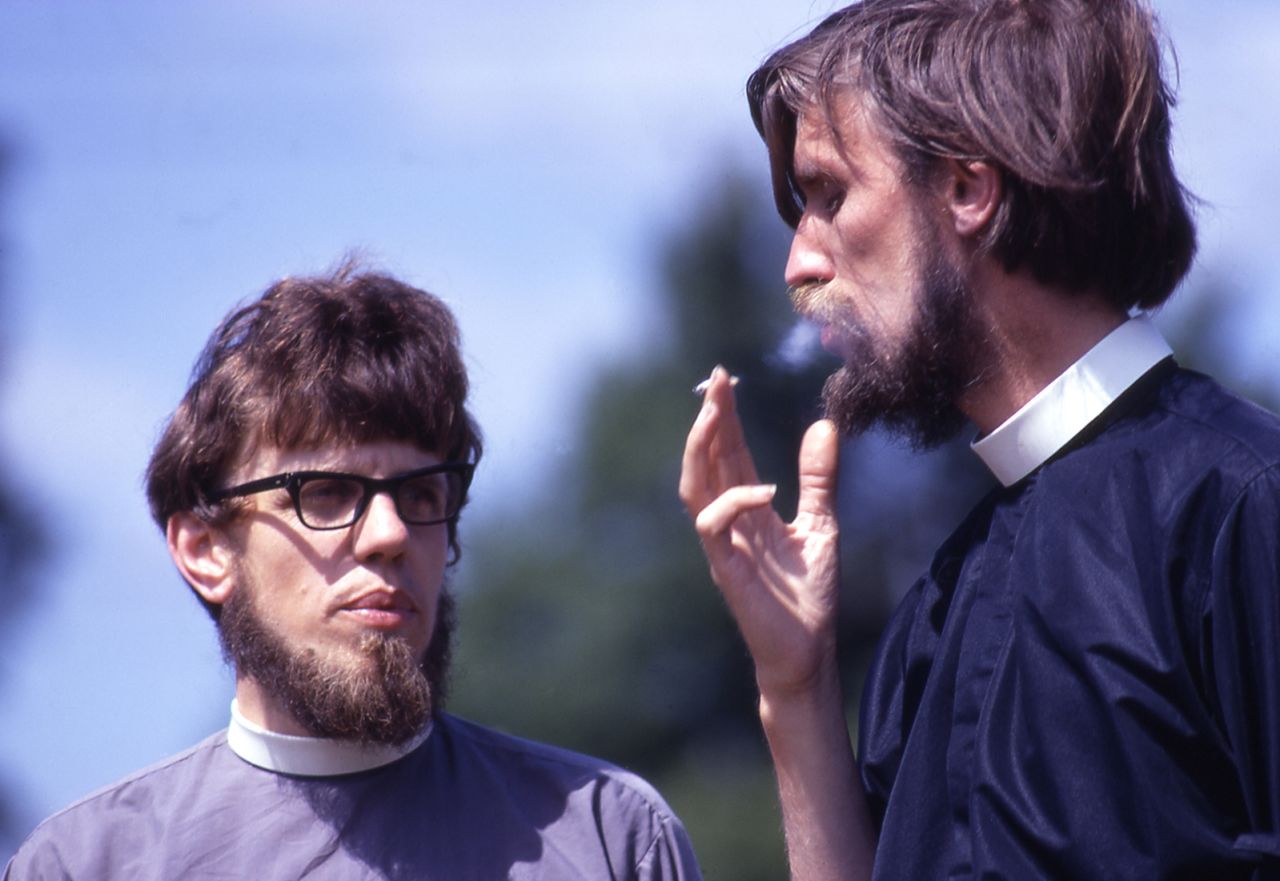
The event is now marketedly different, more commercial, more costly and sprawling in scale. Misso said he still attends most years.
“Completely and utterly — it’s my spiritual home,” he said. “There are pockets of Glastonbury that are entirely the same (as in 1971) with the same ethos. It’s phenomenal.”
“In The Vale of Avalon: Glastonbury Festival 1971” is published by IDEA books and available in a limited run of 1,000 copies at Dover Street Market, London.
